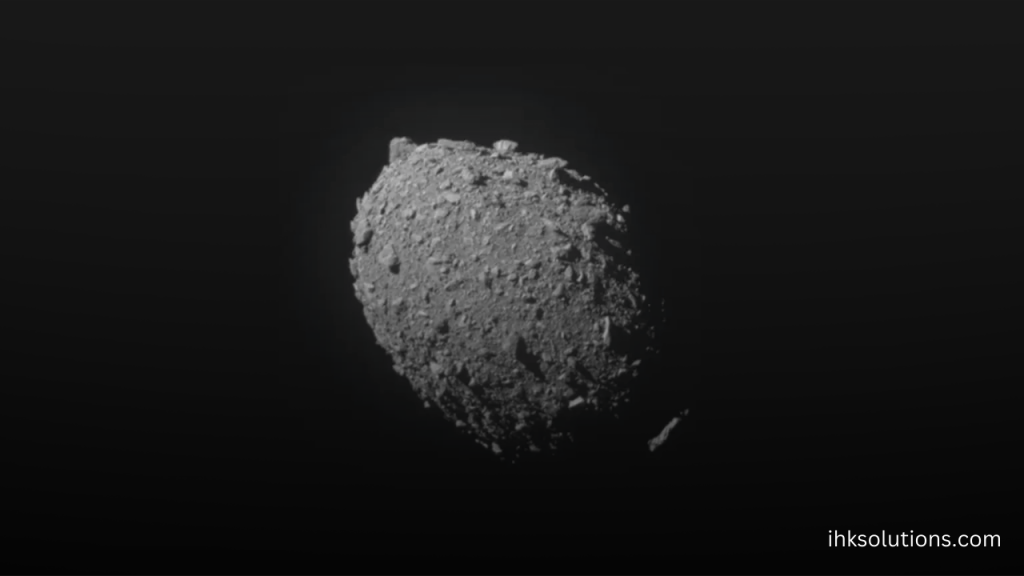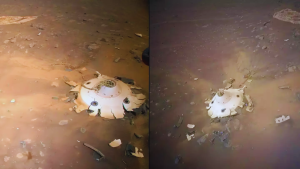Asteroid Debris from NASA Crash Could Create a “Beautiful and Bright” Light Show Above Earth

Asteroid Debris from NASA Crash
Keep an eye out for this.
Asteroid debris from a small moon that was partially destroyed by a NASA spacecraft could fly across Earth’s sky and create a stunning light show.
Dr. Eloy Peña Asensio, a rocket scientist from the Polytechnic Institute of Milan, made this claim after studying the effects of the 2022 mission.
The expert told Universe Today about the potential outcome: “Its small size and high speed will cause it to disintegrate in the atmosphere, creating a beautiful bright streak in the sky.”
NASA’s 2022 mission involved one of the agency’s spacecraft intentionally colliding with a small moon called Dimorphos and reshaping it, which orbits the much larger asteroid Didymos.
Discover more
The project, known as the Double Asteroid Redirection Test or DART, was designed to see if scientists could alter an asteroid’s orbit in case it ever threatened Earth.
Based on data from the DART mission, the research team has put together a paper (still awaiting peer review) that explores what’s likely happening with the debris.
Two seconds before NASA’s DART mission made contact on September 26, 2022, it captured a final image of the small moon Dimorphos, just before the spacecraft collided with its surface.
An artist’s rendering of NASA’s space probe from the Double Asteroid Redirection Test (DART) as it approaches Dimorphos.
Scientists say the debris from the collision could float in space for years before traveling past Mars and Earth.
Early predictions suggest it could pass over the Red Planet in about 13 years.
Meanwhile, scientists believe it could take up to 30 years before the debris passes over Earth—but it could create a meteor shower, leading to a spectacular display.




